
After Ciara and Dennis both hitting the UK in the past few weeks, it may be hard to imagine that spring is just around the corner. But the days are starting to get longer, and buds are beginning to appear. With spring comes the itch to get outdoors and back to nature. And we’re not the only ones. All manner of wildlife will be full of energy, as newborn lambs frolic in the fields and hedgehogs emerge from hibernation. The wonderful staff at Visit Britain have put together some suggestions for how and where you can get close to British wildlife this spring. Read on for ideas.
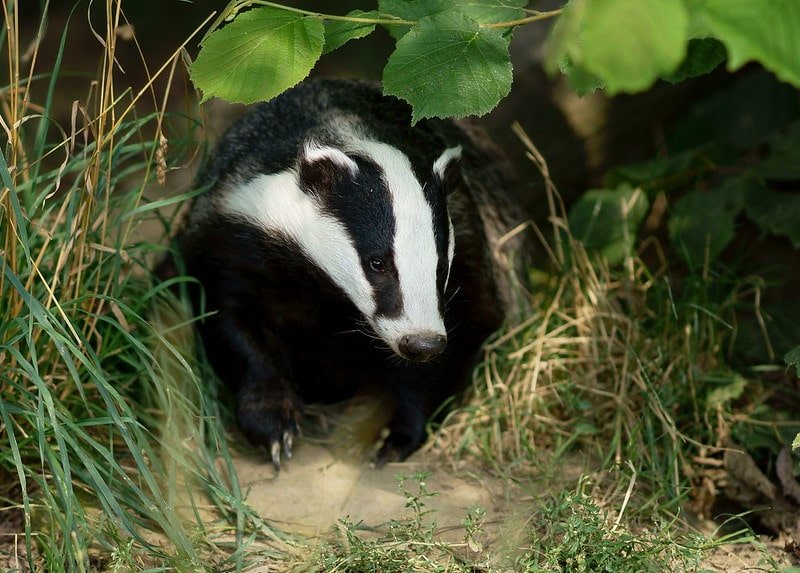
Badgers
With their distinctive black and white facial stripes, badgers are quintessentially British, and thanks to Kenneth Graham and Beatrix Potter, they are a firm fixture in British literature. At the same time, they are notoriously shy. This, plus their nocturnal nature, means they are not the easiest thing to see in the wild. Your best bet is to go on a guided tour. Badger Watch Dorset offers guided viewings from a custom-built hide that overlooks a badger sett more than 100 years old. Watches start at just after 6pm and run until midnight, offering ample opportunity to see and photograph these beautiful creatures. April is recommended as this is when the adults venture out to explore the warmer weather, and their cubs typically follow along.
Also: To find a local badger group near you, check with the Badger Trust.
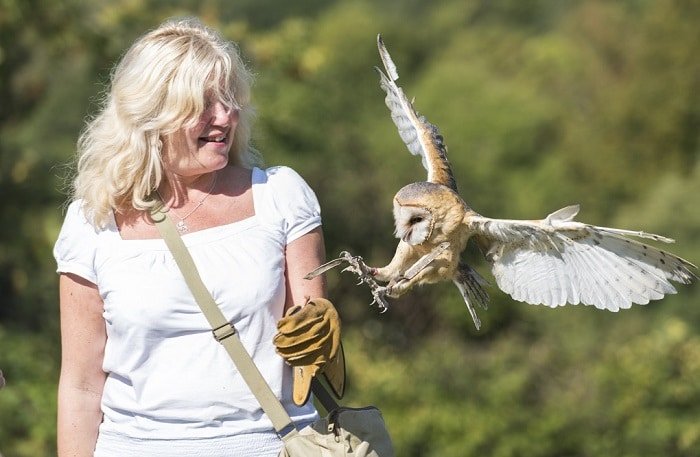
Birds of Prey
The wild isolation of Northumberland National Park makes it an ideal home to all sorts of birds of prey, including kestrels, buzzards, peregrine falcons, and several species of owl. But if you want to see them a little bit closer rather than through a pair of binoculars, head to Lady Hill Farm to the National Park Birds of Prey Experience. Here visitors can spend three hours learning about them, feeding them, and watching them in flight.
Also: Other opportunities to learn about Britain’s beautiful birds of prey include the Bird of Prey Centre at Leeds Castle in Kent, the British Bird of Prey Centre in Wales, the Bridlington Bird of Prey and Animal Park in Yorkshire, and the Exmoor Owl and Hawk Centre.

Dolphins and Whales
Who doesn’t enjoy the sight of dolphins playfully leaping through the waves? A large bottlenose population lives in the waters of Moray Firth, so we recommend heading north. And don’t forget your camera! The peninsula at Chanonry Point offers excellent viewing opportunities for dolphins and minke whales. A shuttle bus runs out to the point every day in July and August. Time your visit with the rising tide for the best views. If you prefer to take to the waters, EcoVentures runs boat trips from nearby Cromarty. Alternatively, head to the area’s Scottish Dolphin Centre. Around on the other side of Scotland, the Hebrides are home to dolphins and whales.
Also: The coastal waters of Pembrokeshire offer ample opportunities to view dolphins, whales, and puffins.
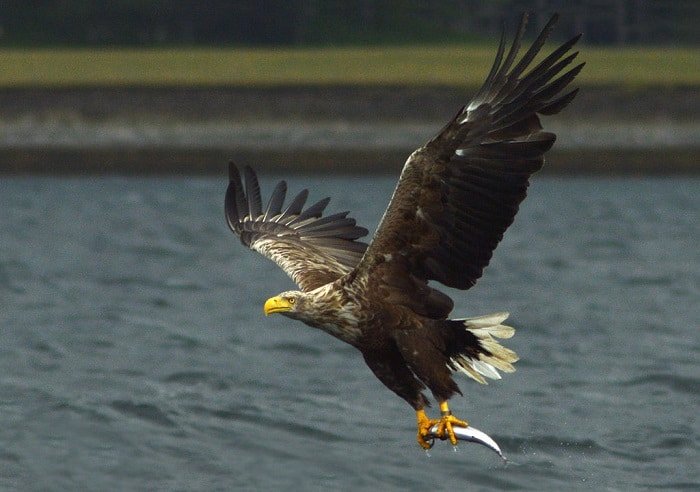
Eagles
Birdwatchers flock (excuse the pun) to the Scottish Highlands in the hopes of seeing both the golden eagle and the white-tailed eagle. The latter, Britain’s largest bird of prey, had become extinct in the UK. However, a plan to reintroduce the species on the Isle of Mull has proven successful. For the best chance to see both species of eagle, head to Mull Eagle Watch. From April to September, local wildlife rangers guide visitors to the best viewing spots.
Also: Other good spots for seeing eagles in flight are the Cairngorms National Park and the Isle of Rum.
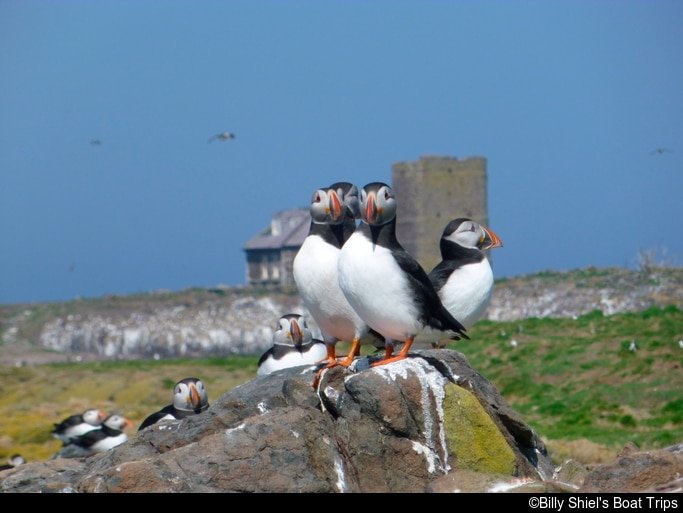
Puffins
You can find puffins at a number of locations around northern England, Scotland, and Wales, but did you know there’s an entire festival dedicated to them? Coquet Island, an RSPB reserve on the Northumberland Coast, is home to a colony of some 20,000 puffins. There are also more than 20,000 other seabirds nesting here each year. During the Amble Puffin Festival, held in May, cruises allow visitors to get close to the island for an up-close view of the colony.
Also: Billy Shiel’s Boat Trips run an all-day birdwatching trip to the Farne Islands. Flamborough Cliffs Nature Reserve on the Yorkshire Coast is packed with breeding pairs of puffins, gannets, and auks throughout the summer.
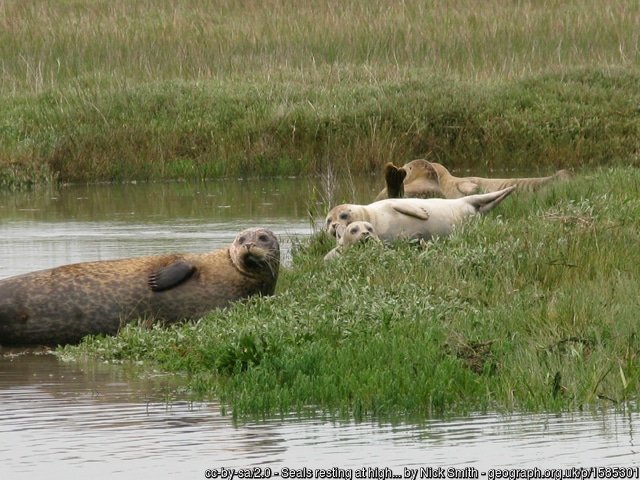
Seals
You’ll find two species of seal in and around the waters of Britain: the harbour seal and the grey seal. Ramsey Island, off the Pembrokeshire Coast, may be an RSPB reserve, but it’s also the breeding ground for one of the country’s largest grey seal colonies. About 100 live here year-round but in spring and autumn, the numbers swell. Spring is a particularly good time to visit; it’s when the seals arrive to moult.
Also: The Sea Searcher leaves Kent’s Ramsgate Harbour to see the seal colonies that live in the estuary of the nearby River Stour. More than 2000 seals live at Blakeney National Nature Reserve in Norfolk. Barriers prevent visitors from disturbing the seals during pupping season, but you can still get surprisingly close.
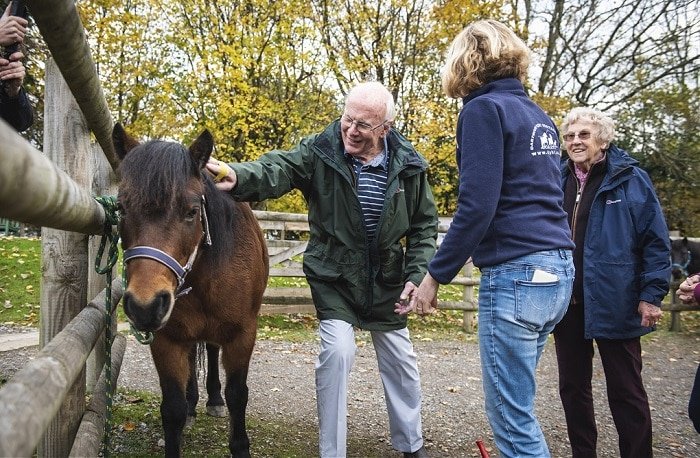
Wild Ponies
Ponies played a key part in Dartmoor’s history, pulling trams and hauling wagonloads from the area’s mines and quarries. The Wild Ponies, Wild Lands Experience allows visitors to learn more about the wonderful landscapes of Dartmoor National Park and the park’s four-legged residents. Have a go at grooming and walking the ponies as you learn about their role in the region’s history and agriculture.
Also: Other places to see wild-roaming horses are the National Parks at Exmoor and the New Forest.
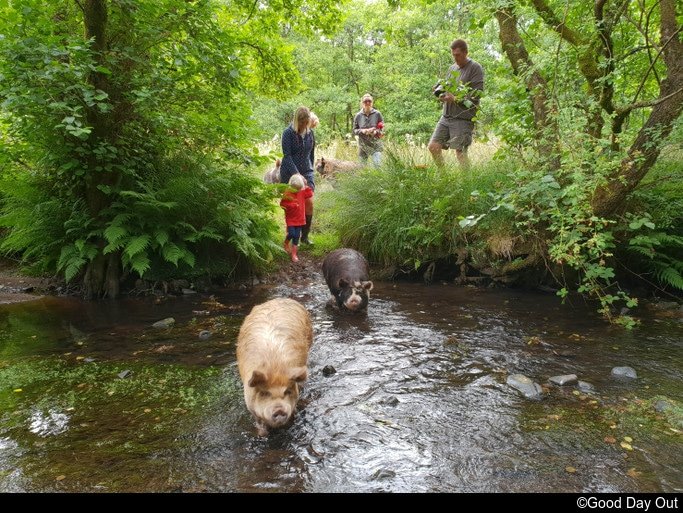
More Wildlife Fun
Families with children can see a wide range of animals and birdlife while also enjoying lots of outdoor fun at one of the UK’s many wildlife or farm parks. Pensthorpe Natural Park in Norfolk has wetlands, woodlands, and water meadows, all with their own unique inhabitants. This is also a great spot to see red squirrels – the park has a successful breeding and reintroduction project. Plus the kids will love the adventure play area and sculpture trail.
Or book a day of family wildlife fun in Wales with Good Day Out. Explore the Brecons with a Piggy Walk, have a picnic with the miniature donkeys, or learn how to herd a flock with a sheepdog.
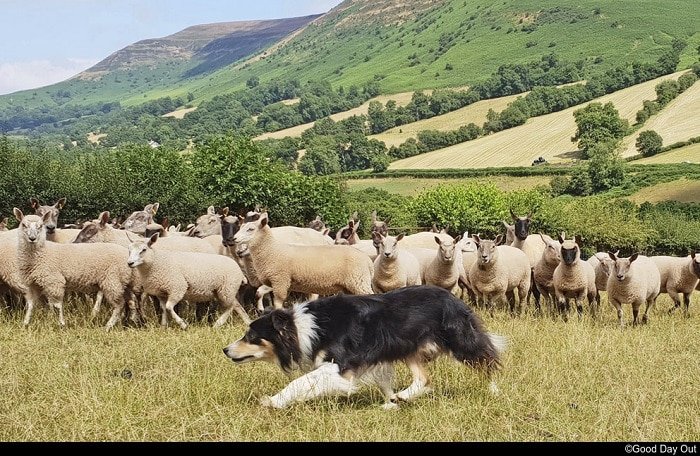

One thought on “Get Close to British Wildlife This Spring”
Comments are closed.